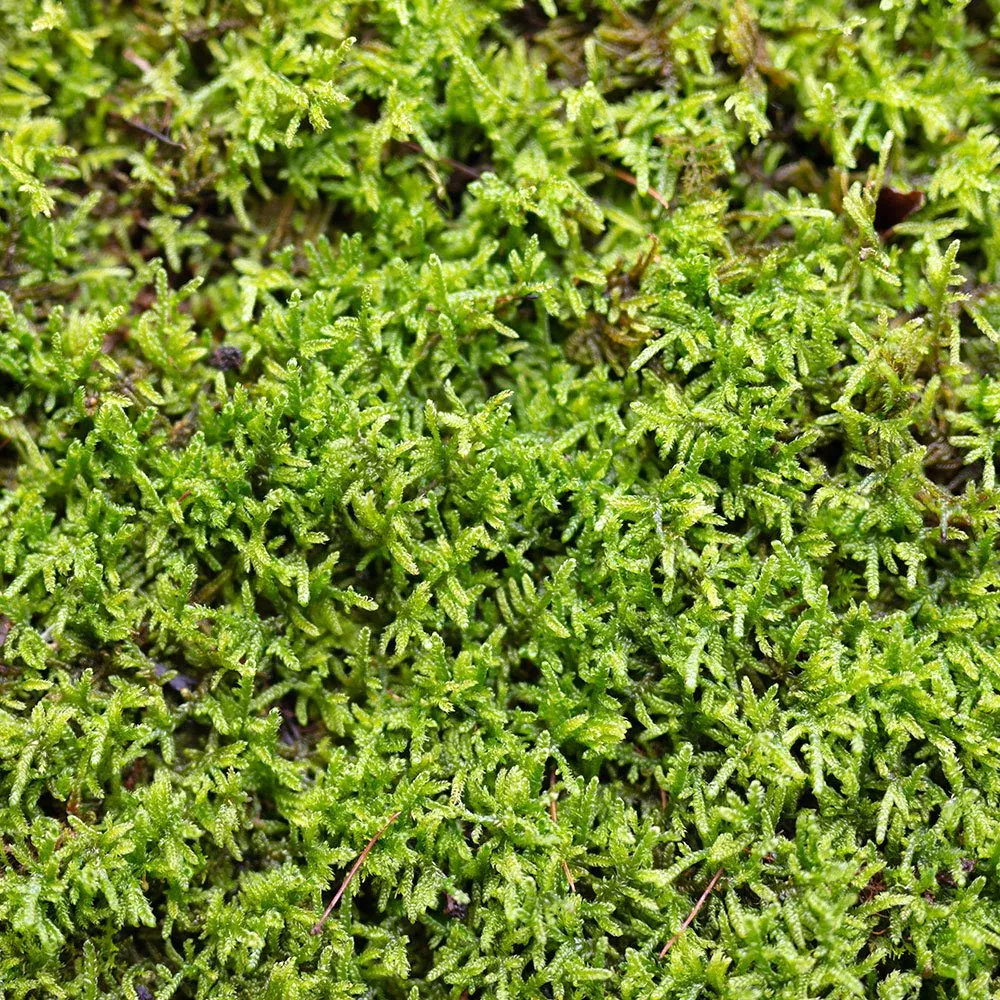
144754335_o3_2048x2048.jpg from: https://onlineshop.oomiteien.com/en/products/080002
Introduction
In the vast and captivating world of bryophytes, the Hypnum revolutum (Mitt.) Lindb. moss stands out as a remarkable species. Belonging to the Pylaisiaceae family, this unassuming yet fascinating plant has captured the hearts of moss enthusiasts worldwide. Let’s delve into the intriguing realm of this Hypnum moss and unravel its secrets.
Background
Before we explore the intricacies of Hypnum revolutum, it’s essential to understand the broader context of bryophytes. These non-vascular plants, which include mosses, liverworts, and hornworts, are often overlooked but play a crucial role in various ecosystems. They are among the oldest land plants on Earth, with a rich evolutionary history dating back millions of years.
Main Content
Morphology and Identification
Hypnum revolutum is a pleurocarpous moss, meaning its stems grow horizontally along the substrate. Its slender, creeping stems are adorned with delicate, curved leaves that give the plant a distinct feathery appearance. The leaves are ovate-lanceolate in shape, with a distinctive revolute margin – a characteristic that inspired its specific epithet, “revolutum.”
One of the key identifying features of this moss is its double costa, or midrib, which extends partway up the leaf. This unique trait sets it apart from many other Hypnum species and aids in its identification.
Global Distribution and Habitat
Hypnum revolutum is widely distributed across various regions of the world, including Europe, Asia, North America, and parts of South America. It thrives in a diverse range of habitats, from moist forests and shaded rock crevices to stream banks and damp soil.
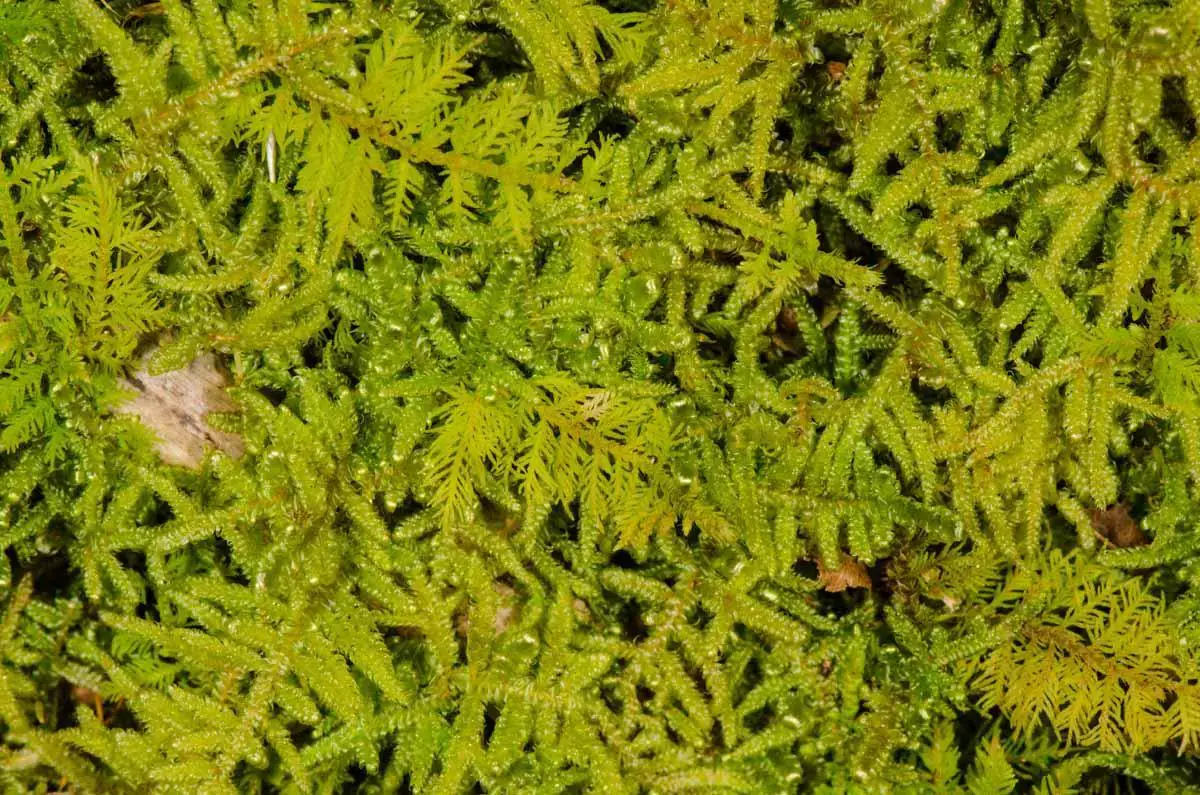
dsc_6728_edited-1.jpg from: https://wcbotanicalclub.org/dsc_6728_edited-1/
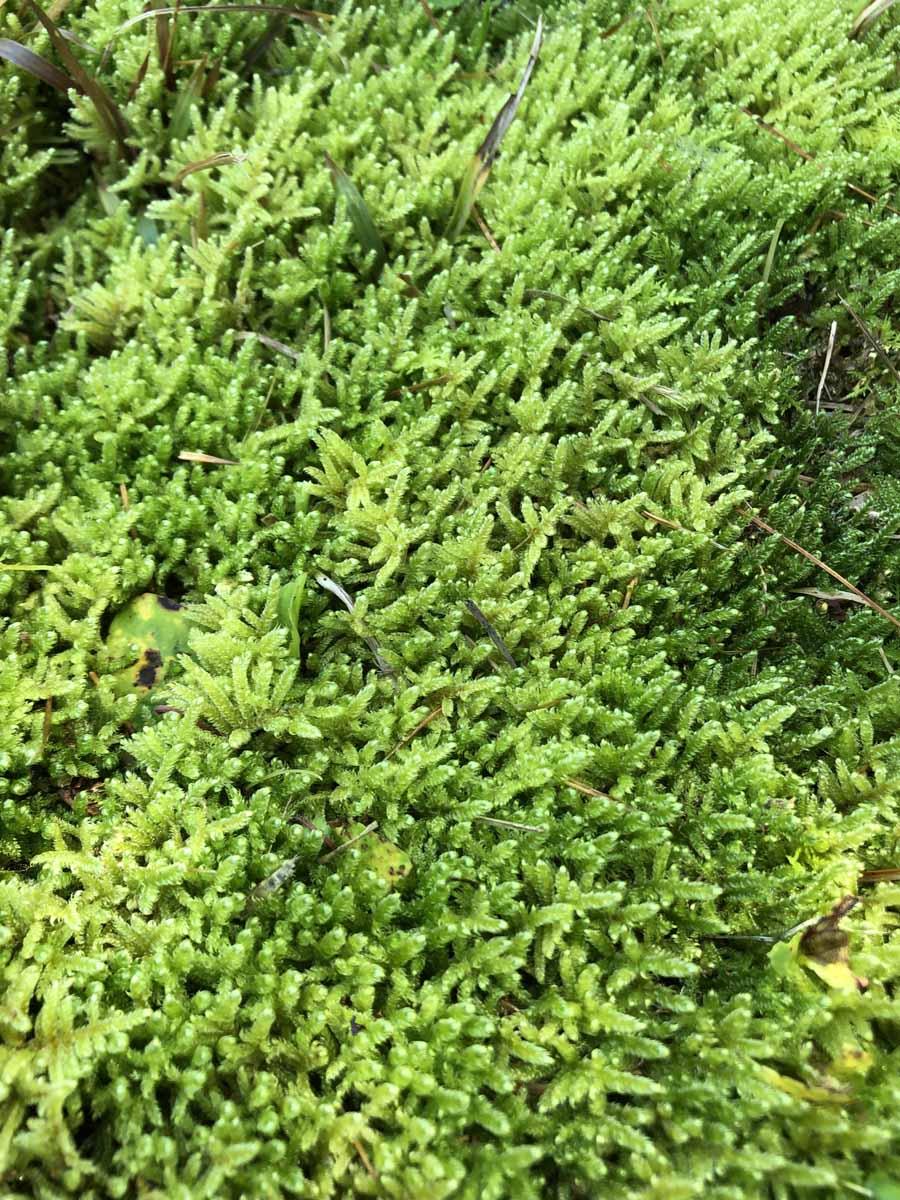
hypnum-04-bj.jpg from: https://wcbotanicalclub.org/hypnum-04-bj/
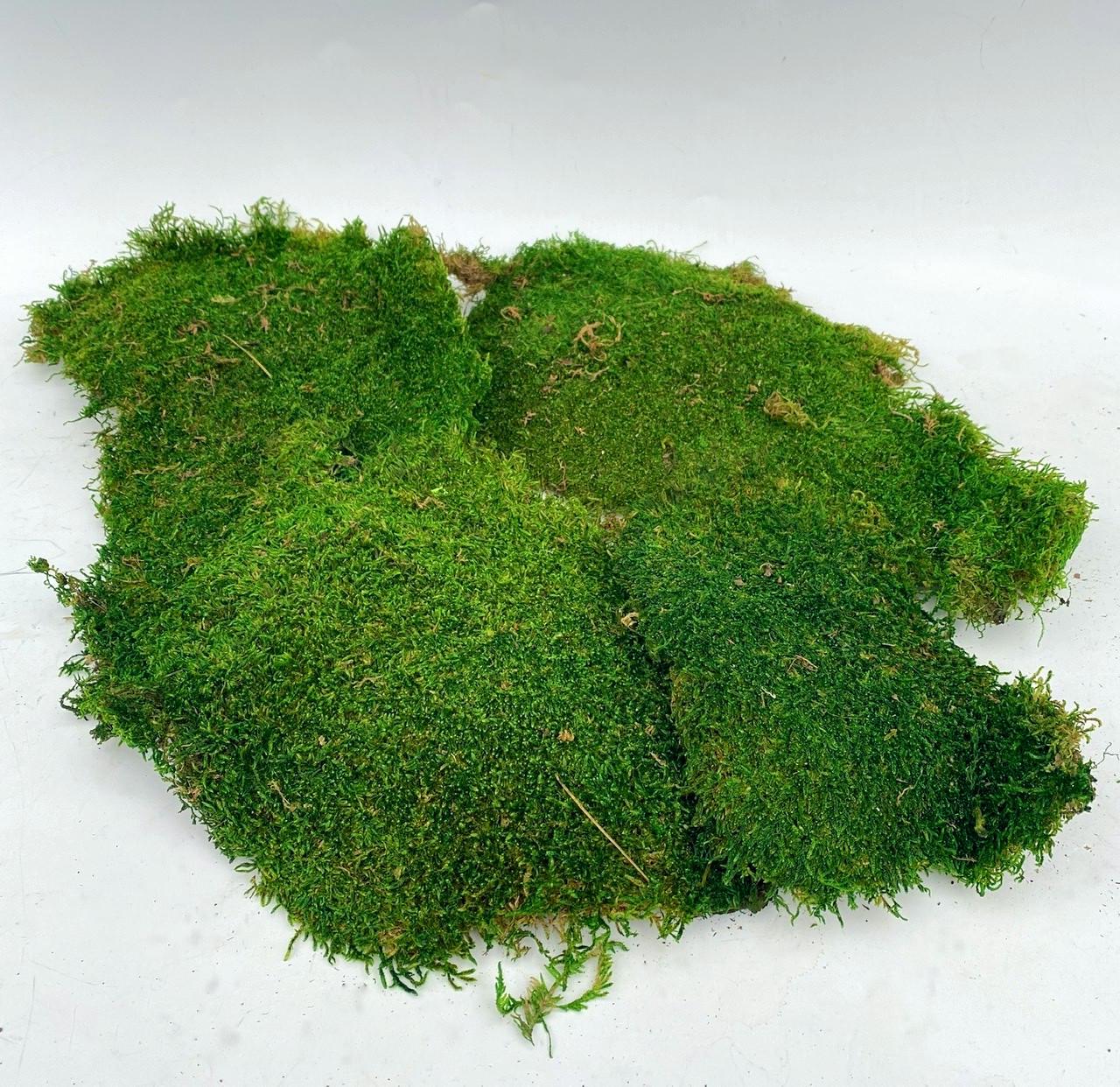
2e076271-8a93-46a5-8dd3-37a9f2a44d7b__68444.1637094020.jpg from: https://www.orchidweb.com/supplies/potting-media/preserved-sheet-moss-hypnum-curvifolium
This moss’s ability to adapt to different environments is remarkable, making it a resilient and versatile species. However, it tends to favor cool, humid conditions, often found in temperate and boreal regions.
Ecological Roles and Adaptations
Despite its diminutive size, Hypnum revolutum plays a vital role in its ecosystem. It contributes to soil formation and moisture retention, creating a microhabitat for various invertebrates and providing a nursery for seedling establishment.
One of the remarkable adaptations of this moss is its ability to withstand desiccation. During dry periods, it can curl up and enter a dormant state, only to revive and resume growth when moisture becomes available again. This resilience allows it to thrive in environments with fluctuating moisture levels.
Case Studies/Examples
In a recent study conducted in the Pacific Northwest region of North America, researchers discovered that Hypnum revolutum played a crucial role in maintaining the biodiversity of forest understories. Its dense mats provided a suitable microhabitat for various invertebrates, including springtails and mites, which contribute to nutrient cycling and soil aeration.
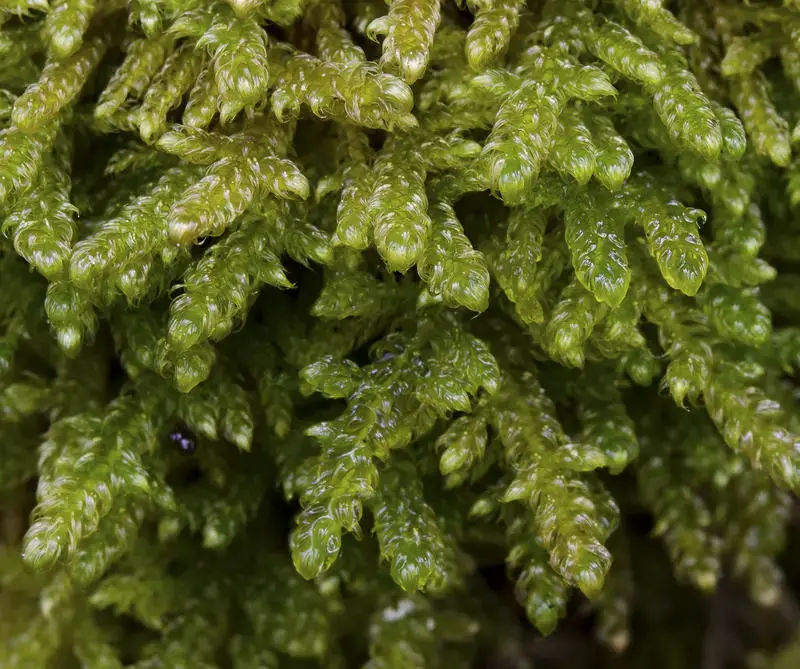
28536_2792_4.jpg from: https://artfakta.se/naturvard/taxon/hypnum-revolutum-2792

dsc_6307_edited-1.jpg from: https://wcbotanicalclub.org/dsc_6307_edited-1/
Technical Table
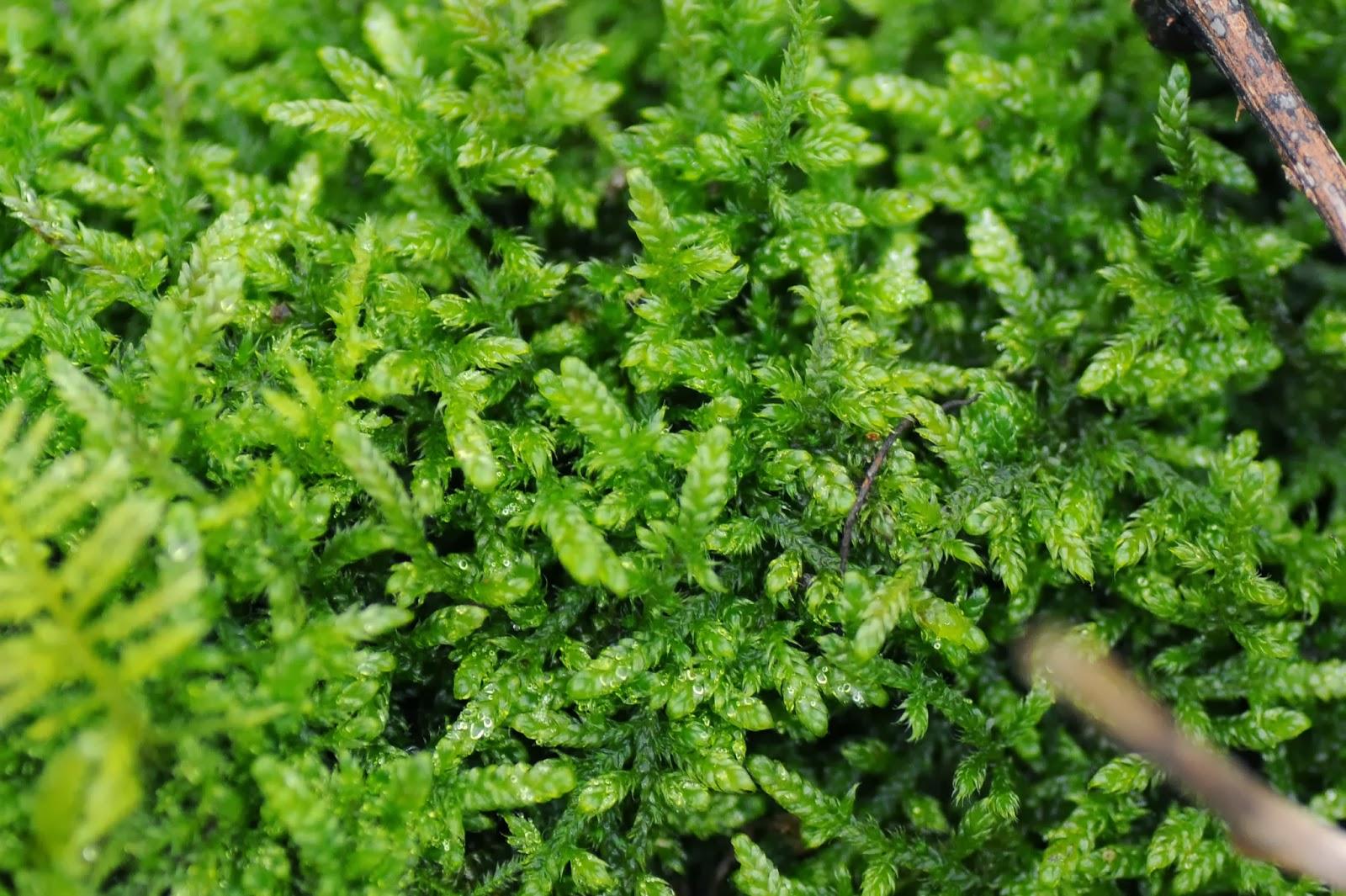
Hypnum+cupressiforme.jpg from: https://billsbirding.blogspot.com/2014/01/of-moss-and-birds.html
| Characteristic | Description |
|---|---|
| Phylum | Bryophyta |
| Class | Bryopsida |
| Order | Hypnales |
| Family | Pylaisiaceae |
| Genus | Hypnum |
| Species | revolutum |
| Growth Form | Pleurocarpous |
| Leaf Shape | Ovate-lanceolate |
| Leaf Margin | Revolute |
| Costa | Double, extending partway up the leaf |
Conclusion
The Hypnum revolutum (Mitt.) Lindb. moss is a true marvel of nature, showcasing the incredible diversity and resilience of bryophytes. From its intricate morphology to its vital ecological roles, this unassuming plant deserves our appreciation and admiration. As we continue to explore the fascinating world of mosses, let us ponder this thought-provoking question: What other wonders lie hidden in the intricate tapestry of life, waiting to be discovered and celebrated?